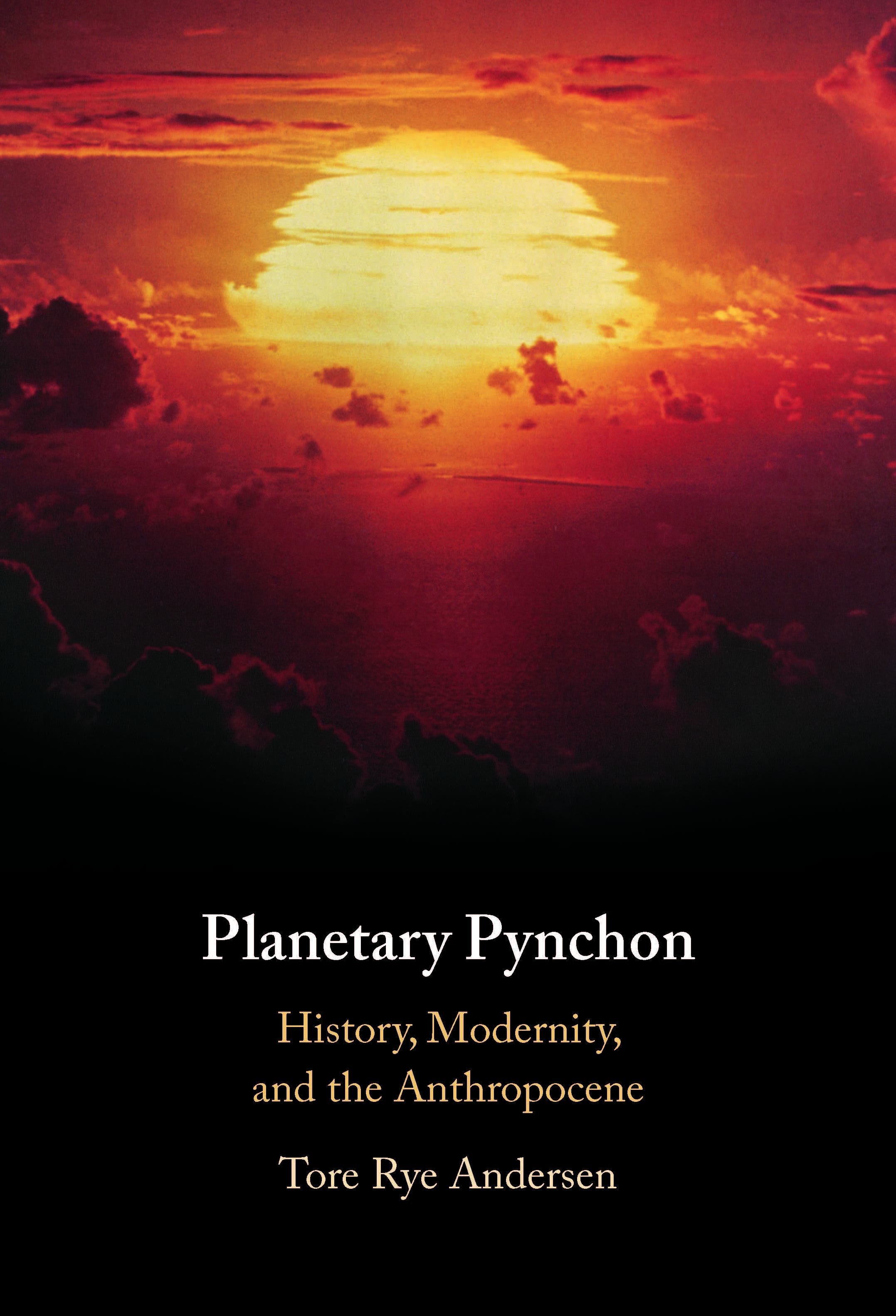Planetary Pynchon: A New Book Publication

Tore Rye Andersen has just published a new monograph titled "Planetary Pynchon: History, Modernity, and the Anthropocene".
Diving into the celebrated American novelist Pynchon’s major novels, such as Gravity’s Rainbow and Against the Day, Andersen argues that the books can be read against the backdrop of the emerging Anthropocene of the 20th century.
While Pynchon’s work has often been connected to histories of media and technology, Andersen expands on this by way of an environmental angle that also articulates core themes of globalisation. Andersen explains: “Many discussions of literary fiction’s relation to the Anthropocene tend to focus only on literature from the last couple of decades. However, literary authors have long been engaged in the various discussions gathered under the umbrella term of the Anthropocene, and rather than being merely belated reactions to current scientific debates, literary fiction often also functions as early and clear-sighted engagements with some of the global challenges we all face. This is very much the case with Pynchon. Pynchon’s 1973 novel Gravity’s Rainbow is centered around the end of World War 2 and the German V2 program, but surrounding this well-researched historical account the novel features a much more wide-ranging depiction of humankind’s predatory relation to nature. Half a century ago, Gravity’s Rainbow showed how globalized modernity’s demand for constant growth has had a devastating impact on our planet and its many lifeforms, and Pynchon’s elaborate reflections on this process accordingly anticipate much current thinking on the Anthropocene and the related notion of planetarity.”
More info:
- Andersen, Tore Rye (2023). Planetary Pynchon: History, Modernity, and the Anthropocene, Cambridge University Press.
- Pynchon’s Anthropocene Sunset, a blog post by Tore Rye Andersen on Fifteen Eighty Four, the blog of Cambridge University Press
